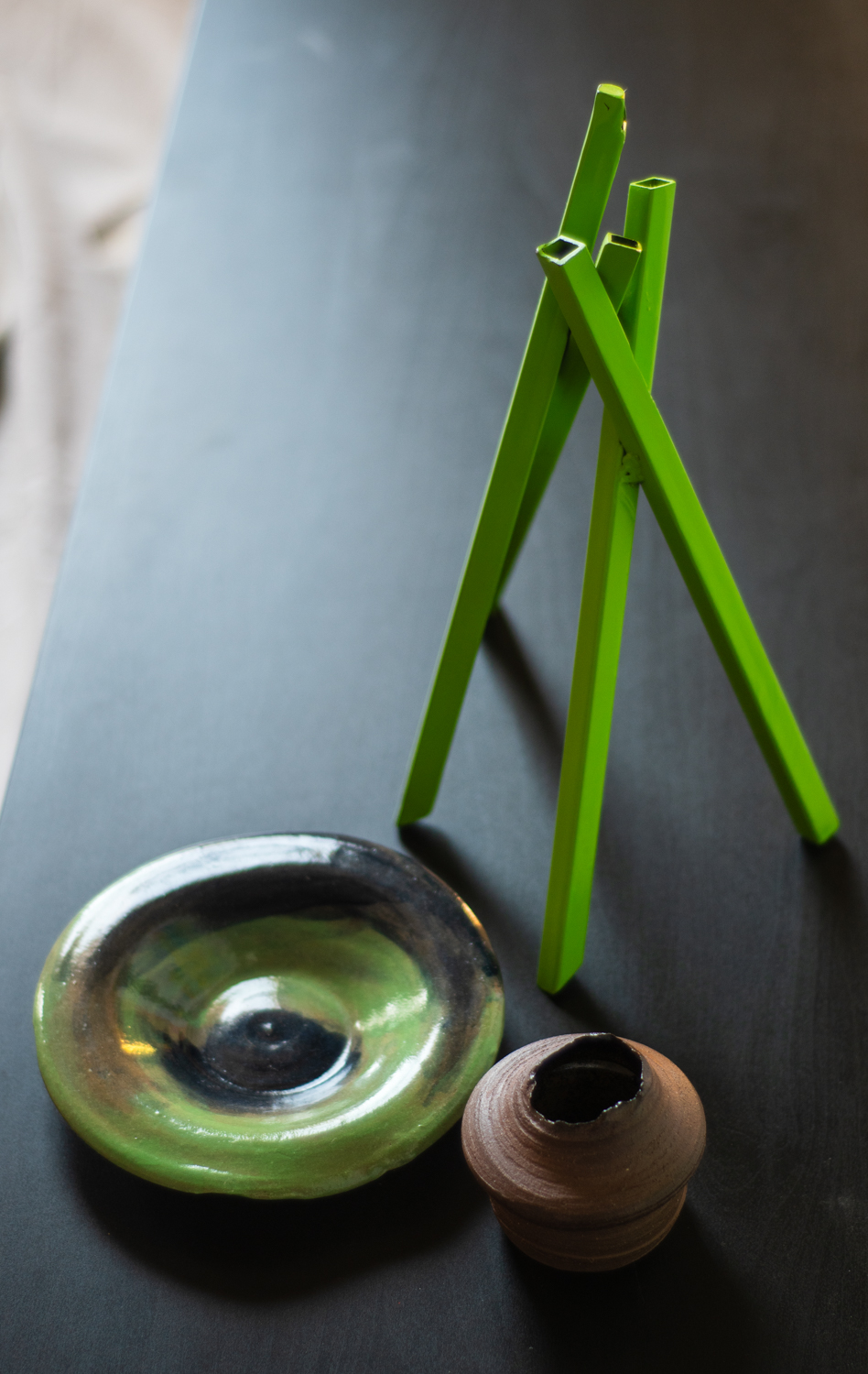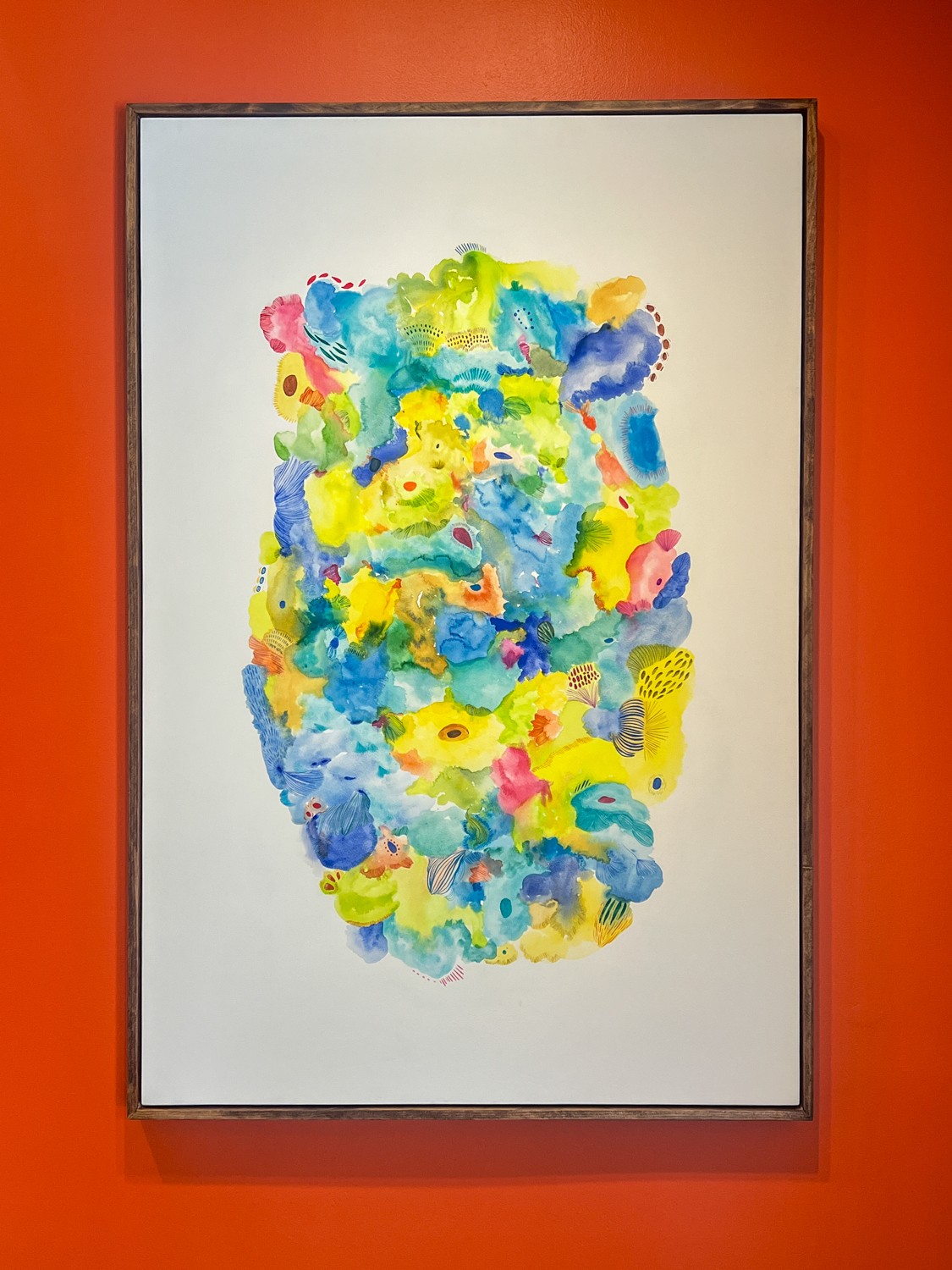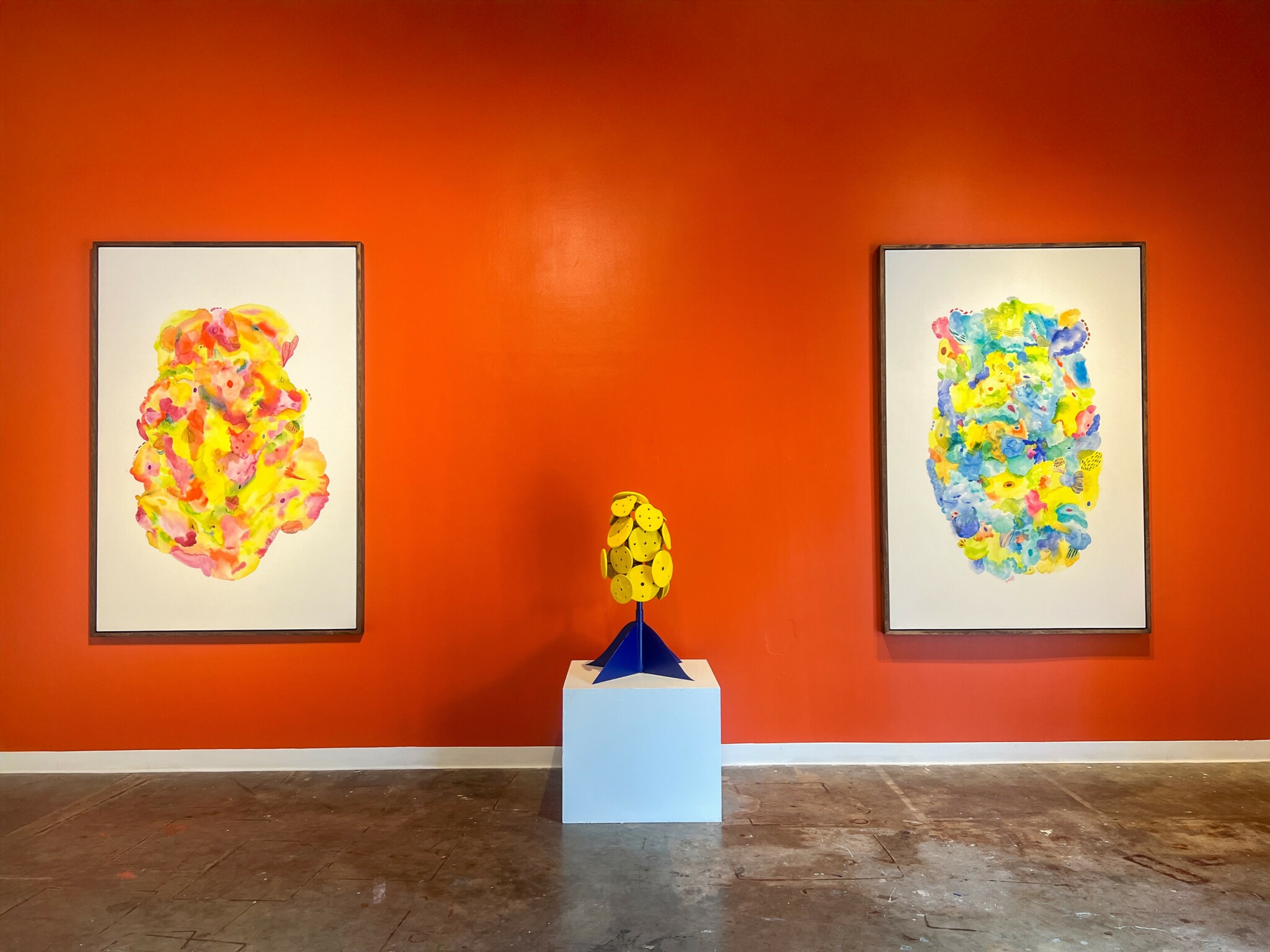Alright – so today we’ve got the honor of introducing you to Nona Palarca-primero. We think you’ll enjoy our conversation, we’ve shared it below.
Alright, Nona thanks for taking the time to share your stories and insights with us today. When did you first know you wanted to pursue a creative/artistic path professionally?
Rather than one singular moment, it was a multitude of moments at different points in my life that all culminated and hit a critical mass, allowing me to take the leap.
I’ve had it at the back of my head ever since I could remember. But back in the Philippines, a career in the arts was always frowned upon, so I never thought much of it. I always knew I wanted to be a physician—it was the surest and safest career path, the one most prized. But I always kept the arts close by. I was obsessed with photography at one point, taught myself Photoshop and Illustrator from whatever copies I could scrounge up, and constantly doodled in my notes during class, sometimes at the expense of actually paying attention. Any project with a creative component would completely take over my focus, often at the cost of studying for my exams.
I love studying the hard sciences—chemistry, biochemistry, and all the intricate processes that come with them. There’s a sense of ease and comfort in the scientific method, in how it breaks things down step by step to uncover the truth. Fortunately, art is deeply touched by science—there’s so much scientific theory, knowledge, and process involved in creating. It’s fascinating to be in the art space while also seeing it through a scientific lens because it allows me to better appreciate the intersection of the human experience in art. I truly believe that art is where a multitude of human experiences come together, collide, and intersect.
During the pandemic, when everything slowed down, I finally had the time to think about what I really wanted. I could continue the ongoing uphill battle of re-establishing my career as a physician in the U.S., or I could take a breather and explore something I had always been doing and had always been curious about.
It wasn’t an immediate shift but more of a slow burn. My husband first floated the idea of moving from New Jersey to Austin—just for a change of scenery. We had been in New Jersey for two years since I was still pursuing medicine, and the East Coast had always been a good place to start. But after being stuck in a hotel room in the Philippines for four months during the lockdown, I was exhausted. When we finally got back to the U.S., I decided to take a break from medicine, and my husband suggested we check out Austin. We made the big move in April 2021.
Like with any big move, we needed new furniture. We bought this heavy butcher block countertop table from Ikea—one of the few “big” purchases we could afford at the time. I had completely forgotten I had to assemble it myself. What followed was an ordeal—huffing and puffing, a little bit of crying, and nearly giving up. But somehow, I finished it. And for some reason, that moment stuck with me. It emboldened me to think—if I could put this together, maybe I could build things as well. The over-maximizer in me thought, why not try the harder material first—metal?
I enrolled in a metalworking class at The Contemporary in Laguna Gloria, even though I had never picked up a power tool in my life and was honestly terrified. But my instructor and classmates were so patient and kind that I eventually got the hang of it. I kept coming back, working on sculptures, and turning to my instructor-turned-mentor-turned-friend Christian Chase whenever I got stumped.
From there, I started experimenting with different mediums but gradually became enamored with watercolor—the pigments, the washes, the way colors move and blend together. It’s a medium that isn’t as forgiving as others, but when it works, it creates the most dramatic effects. Color itself and color theory have always fascinated me. Studying it through a scientific lens helped satisfy my need for structure while allowing me to explore freely.
Since then, I’ve kept experimenting, discovering new mediums, and incorporating them into my work. Right now, I’m focusing heavily on ceramics and learning to execute well. Looking back, this path wasn’t something I decided on in an instant—it was always there, slowly revealing itself to me, until I finally allowed myself to step into it fully.

As always, we appreciate you sharing your insights and we’ve got a few more questions for you, but before we get to all of that can you take a minute to introduce yourself and give our readers some of your back background and context?
I’m Nona Palarca-Primero, the artist behind Himaya Studios, where I create original art prints, ceramics, sculptures, and mixed-media works. My journey into the arts wasn’t linear—I originally trained and practiced as a physician. Growing up in the Philippines, a career in the arts wasn’t encouraged, so I pursued the surest, safest path. But creativity was always a part of me. I spent my free time learning design software, experimenting with photography, and doodling during lectures when I should have been taking notes. The urge to create was always there, waiting for the right time.
That time came during the pandemic, when everything slowed down, and I finally had space to reflect. After moving from New Jersey to Austin, I started exploring different mediums. A small but pivotal moment—assembling a heavy butcher block table—gave me the confidence to start building things. That led me to metalwork, ceramics, and eventually a deeper dive into mixed media.
What sets my artistry apart is how I merge scientific inquiry with artistic exploration. My work often begins with questions about our natural world—concepts, patterns, and theories that I place side by side with the human experience. Whether it’s the physical and chemical transformation of materials when fired, the fluid unpredictability of watercolor, or using color theory to map out how I want the colors to interact with one another, I’m drawn to how structure and chaos coexist. I view art through a scientific lens, where materials react and transform, much like the way we navigate our own experiences.
At Himaya Studios, my work is more than just visual—it’s a dialogue between science, art, and human connection. My sculptures and paintings explore materiality, process, and storytelling, creating pieces that spark curiosity, invite reflection, and explore the intersections of knowledge, material, and the human experience.

For you, what’s the most rewarding aspect of being a creative?
For me, the most rewarding aspect of being an artist is having the time to truly experience the world. Time and energy have always been the main currency we exchange for a comfortable and secure life in modern-day society, but being an artist allows me to step outside of that cycle—to see, feel, and engage with the world in a way that feels true to me.
I get to sit with people, listen to their stories, and witness their humanity through subtle but beautiful ways. I get to stand beside them, be present in their moments, and feel even just an iota of what they have lived through or are living through. I get to ask questions—about who we are, who I am—and I have the time and space to explore those questions fully.
One of the most meaningful ways I do this is by revisiting and reimagining my identity as a Filipino, sharing and connecting it with fellow Filipinos in ways that make it relevant and personal. Through my work, I explore the intersections of heritage, history and present-day experience, bridging cultural gaps even with those who grew up worlds apart. Art gives me the space to trace our collective history, understand where we come from, and shape how I see and respond to the world. It allows me to preserve cultural narratives, create meaning that resonates across time and distance, and offer something that others can see themselves in.

What’s a lesson you had to unlearn and what’s the backstory?
I had to unlearn the idea that success and happiness had a single, predetermined definition. Growing up, success was often measured by stability, prestige, and the ability to provide for others in very specific ways. There was a clear path—one that was practical, admirable, and deeply ingrained in what it meant to “make it.” For a long time, I believed that following this path was the only way to build a meaningful life
But as I moved forward, I started questioning whether that version of success truly aligned with who I was. Stepping away from medicine was one of the hardest choices I’ve made, not because I regretted it, but because it meant letting go of expectations—both my own and those of others. It took time to accept that choosing a different path didn’t mean I was walking away from everything I had worked for. Instead, it meant allowing myself the freedom to redefine what fulfillment looks like.
Now, I see success not as a destination but as something fluid—something shaped by purpose, creativity, and connection. I’ve learned to value the space to explore, to create, and to build a life that feels authentic to me. The things that bring me joy, the ways I find meaning, and the goals I set for myself no longer have to fit into a traditional mold.
Contact Info:
- Website: https://nonapalarca.com
- Instagram: himaya_studios






